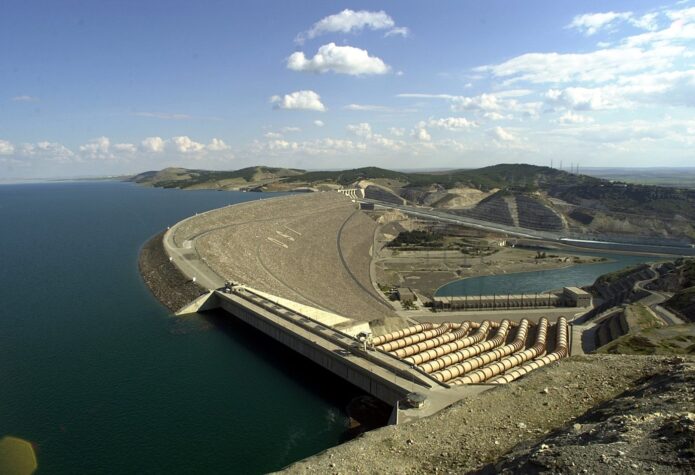NIB participation in Turkish irrigation project

The Yaylak Plain of south-eastern Anatolia is one of the poorest regions anywhere in Turkey. The climate is arid, but thanks to an efficient irrigation system the fields will in future be capable of yielding no less than three harvests every year. NIB has signed a credit agreement with the Turkish Finance Ministry to finance an irrigation project, which, it is expected, will significantly raise agricultural output. Agriculture employs nearly half the working population of Turkey, but productivity is deplorably low. Even so, the country is self-sufficient in foodstuffs. Just over a third of its land area is cultivable, and the coastal lowlands are intensively irrigated. The great Atatürk Dam on the Euphrates, completed at the beginning of the 1990s, is one example of the great efforts, which have been made to expand the cultivated acreage.
Adjoining the Atatürk Dam is the Yaylak Plain, nearly 50,000 hectares in area. The population of this region is growing rapidly and is expected to rise from 6 to about 9 million within the next ten years. This in itself is untenable, because during the summer season the Yaylak Plain has practically no rain and harvests are meagre. The main crops are wheat, cotton and various green vegetables, as well as pie nuts and olives. Many of the cultivated species associated with modern agriculture are believed to have originated here.
Joint Nordic irrigation
The project which NIB is helping to finance is officially part of a water programme which involves the construction of 22 dams to irrigate a total of 1.7 million hectares of land. The irrigation will be very much of a joint Nordic project. All electro-mechanical equipment except the pumps will come from Denmark. The pumps are being manufactured in Sweden and the pipes and pipe fittings will come from Norway.
Water resources will be drawn off from the Atatürk Dam through a tunnel, the Yaslica Tunnel, which has already been completed. From the end of the tunnel the water will then be pumped into a system of canals with a total length of 16 km. Ten different reservoirs with pumping stations are being constructed alongside the canals to distribute the water through an expanding network of pipes. The overall length of the network will exceed 600 km, with over 2,000 stand-pipes, each capable of watering an estimated 8 or 9 hectares.